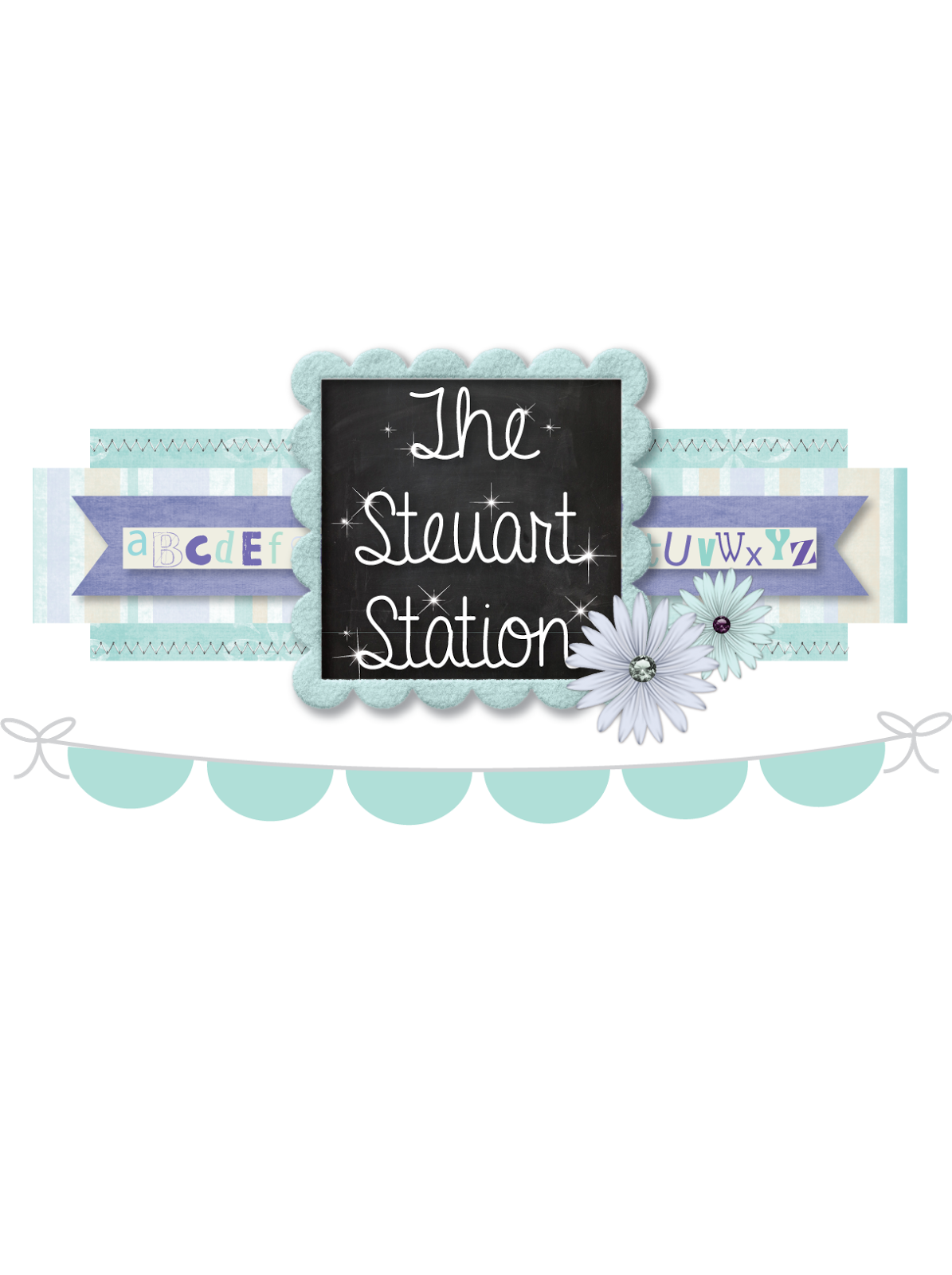After our winter break, we started to look at other books that are filled with lovely language. "How Cold Was It?" by Jane Barclay is such a fun book to read aloud. She uses strong verbs, similes and personification. She also adds a string of adjectives written in a rhythmical pattern to describe how cold it is outside. Here is an example: "It was a howling, meowling, fur-ruffling, paw-shaking, whiskers-in-the-breeze, let-me-in-please kind of cold." This is the perfect text for Winnipeg!
I wanted students to write about a favourite outdoor winter activity. I decided to write in front of them about my favourite - walking my dogs in Assiniboine Park. I write in front of them to show that writing is hard work! I re-read my sentences over and over until it sounds right. I voice my concern that I am not sure what to put next. I try to make my thinking visible. This is so important for students to see in action.
 |
| A portion of my writing. |
We have analyzed several texts as writers. I felt confident that students would be able to start their own pieces and write with stamina. However, I noticed that some were stuck on how to start. We've talked about leads many times. They understand that a lead isn't simply one sentence, yet still, I could see some frustration. We needed to revisit this in greater detail.
I created four different types of leads that deal with winter. You can grab your copy
here. We read them together at the carpet. Students went back to their spots, cut them out and glued them into their writer's notebooks. They tracked their thinking in the margins and tried to be specific about what made the lead interesting for the reader. Students also shared their thinking with the whole group and we made sure to add specific notes together as a class. Now they had these examples to act as a reference page in their notebooks - another resource for their writing.
Here are some samples from a writer's notebook:
What a difference! Students are taking what they have learned from real authors, my writing and past experiences. They are sharing ideas with one another. You can see a blend of ideas from a variety of sources in their writing. I must remember what Regie has said, "You have to go slow to go fast." So true!
 |
| Students flipping through modelled writing. |
Here are some examples of student writing below. These are drafts in the early stage of the writing process.
As you can see, writing is hard work!
![]()





































































